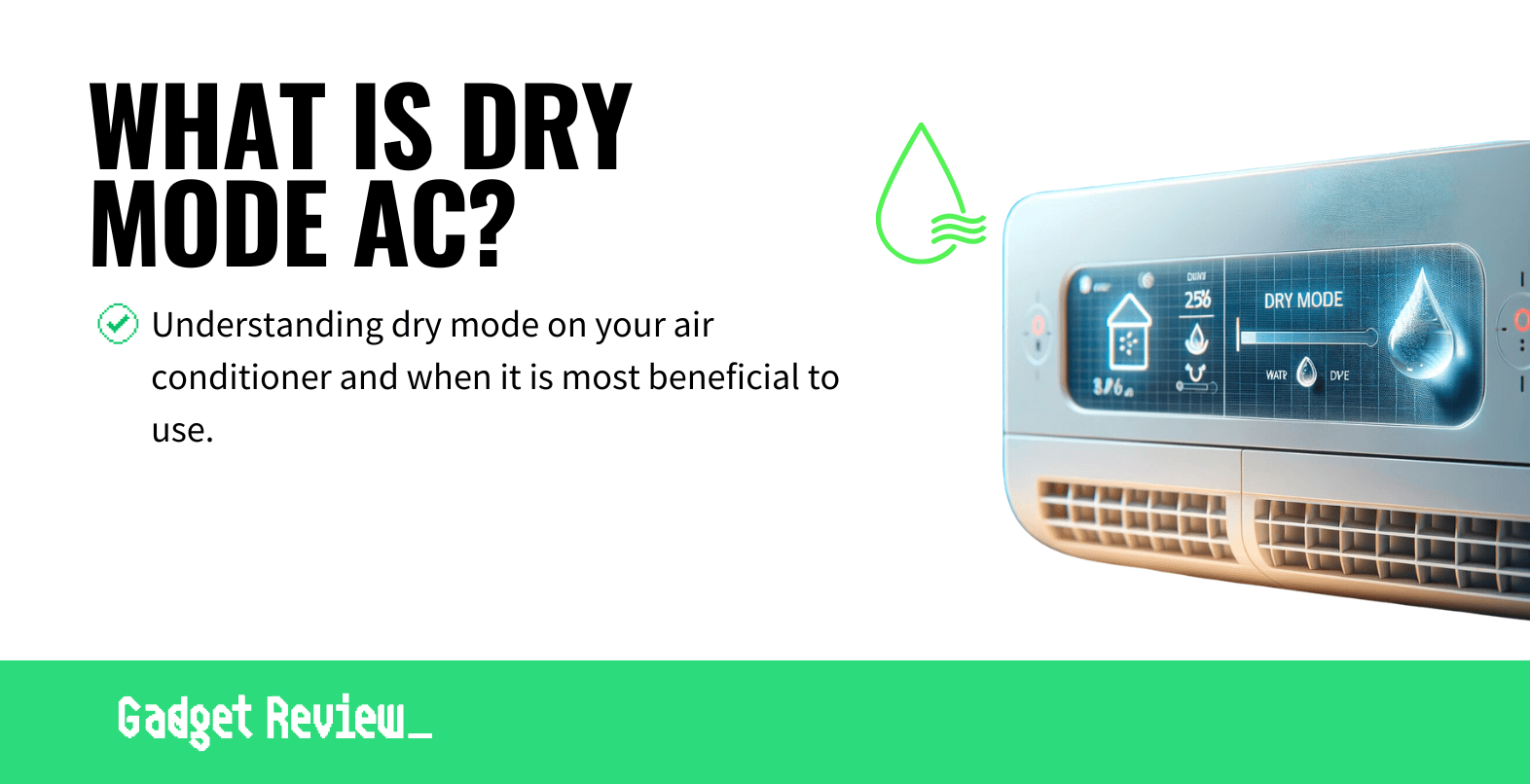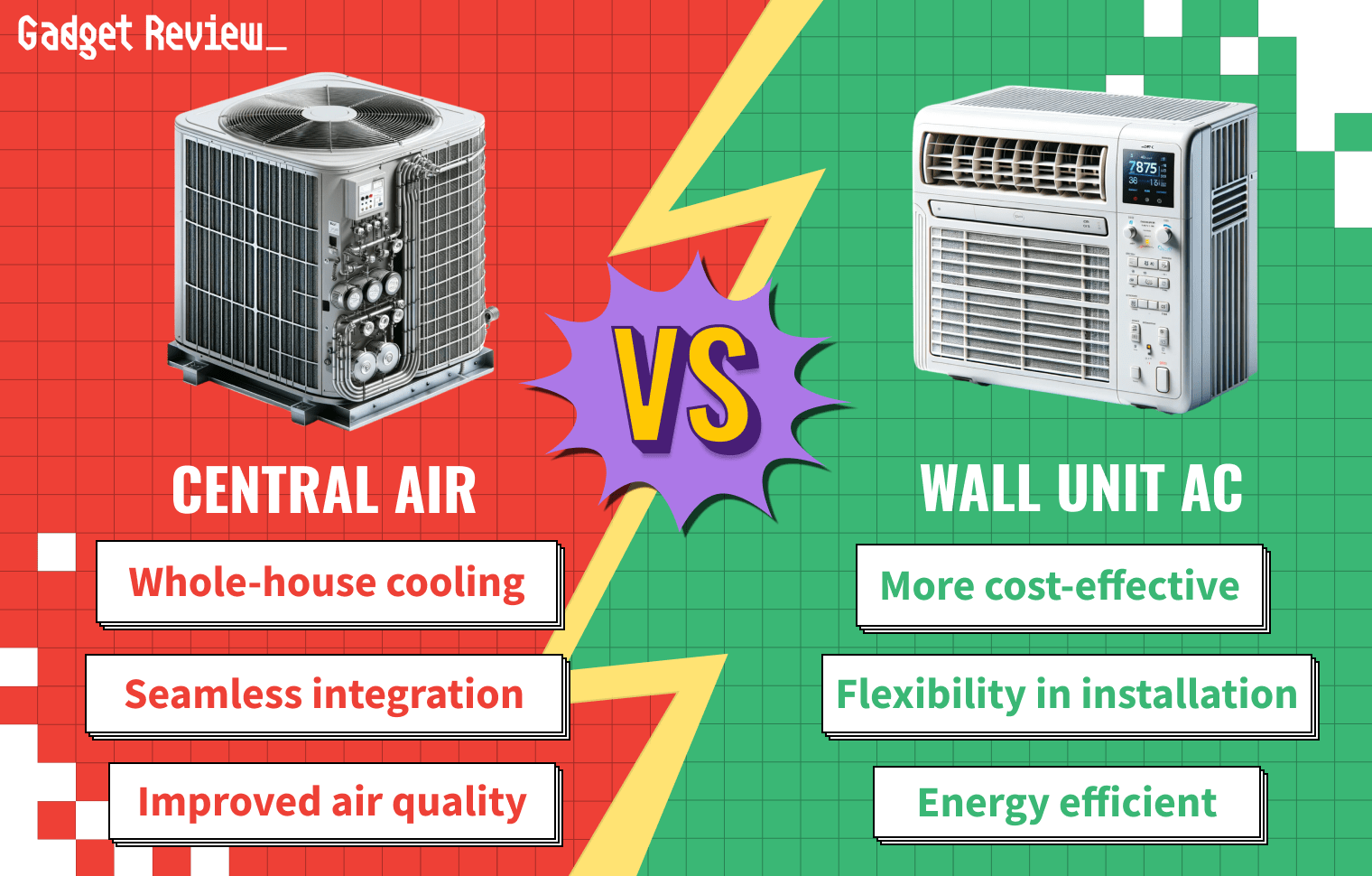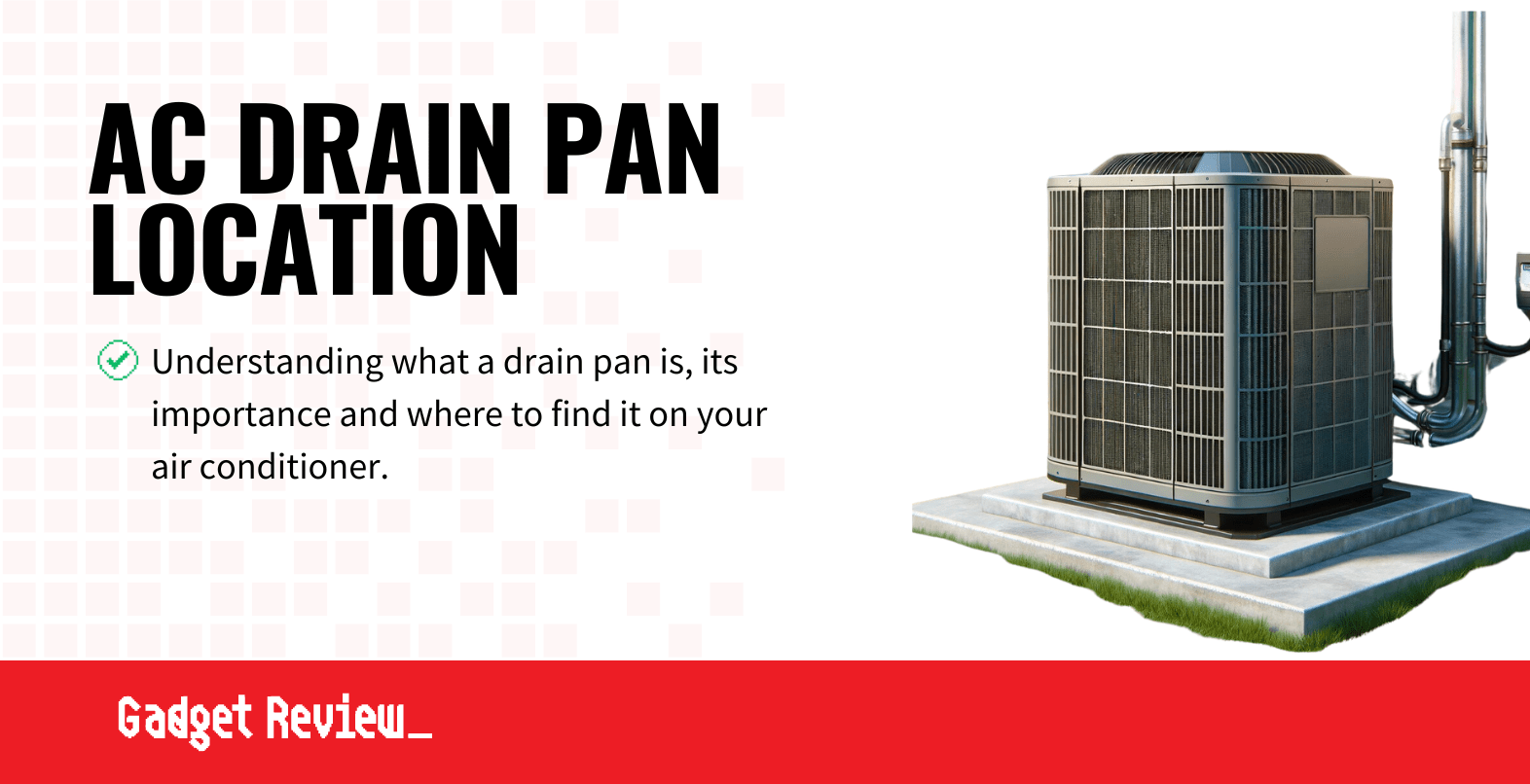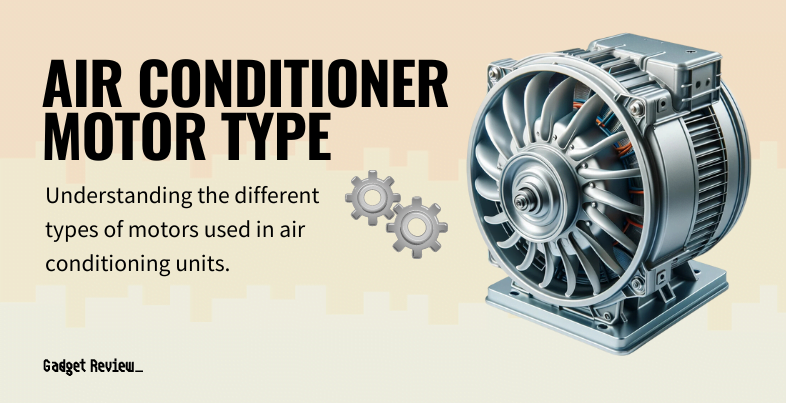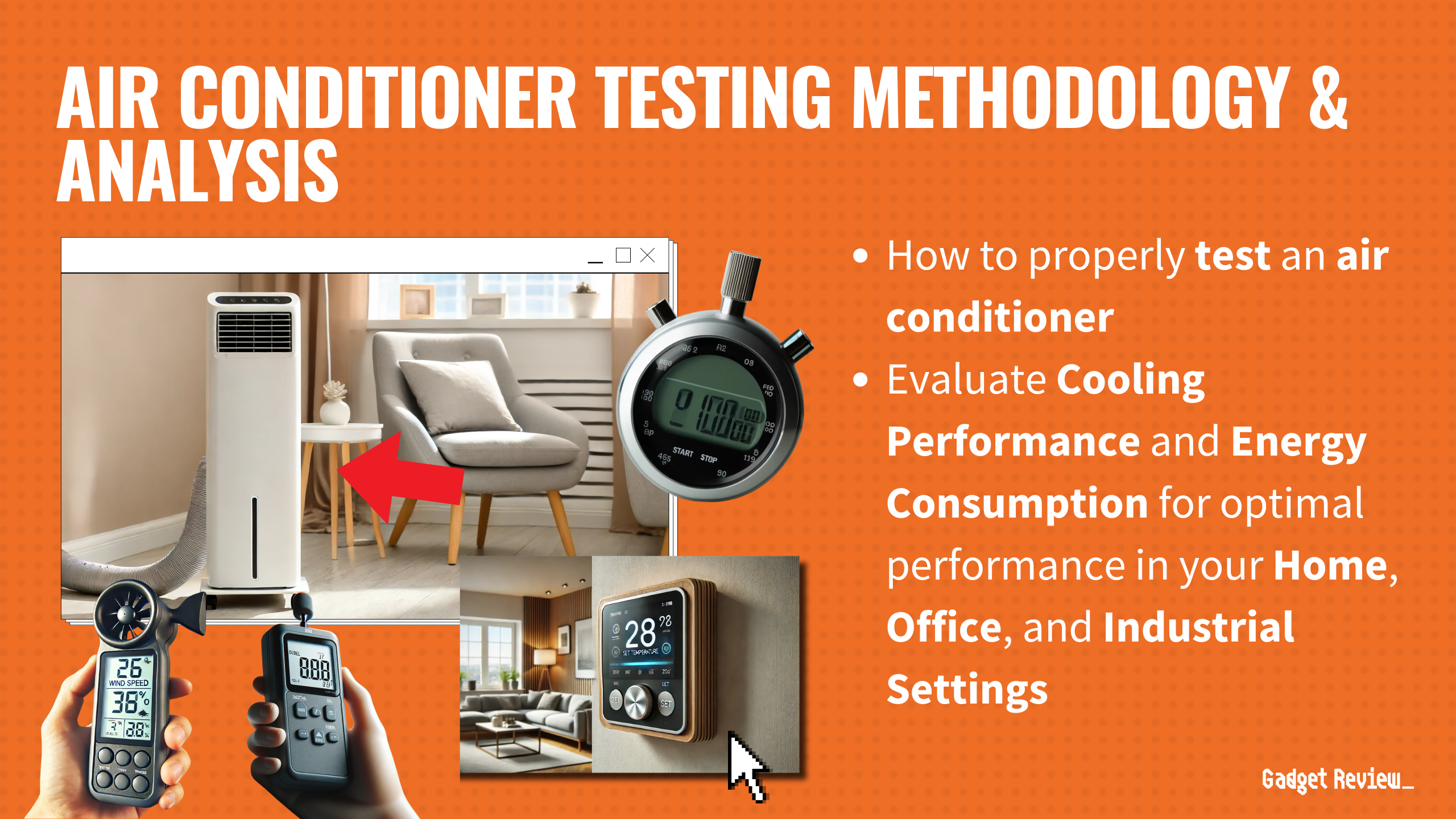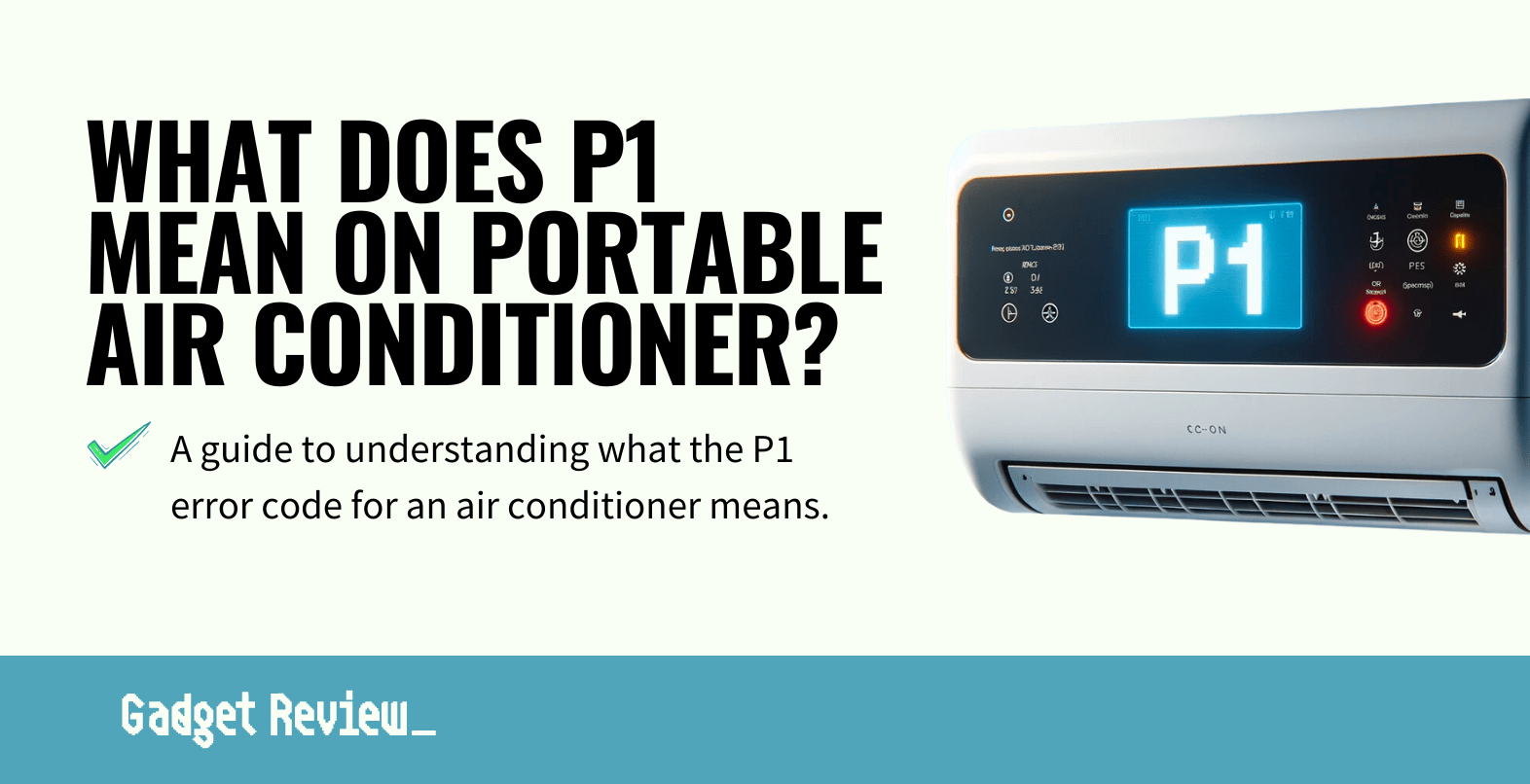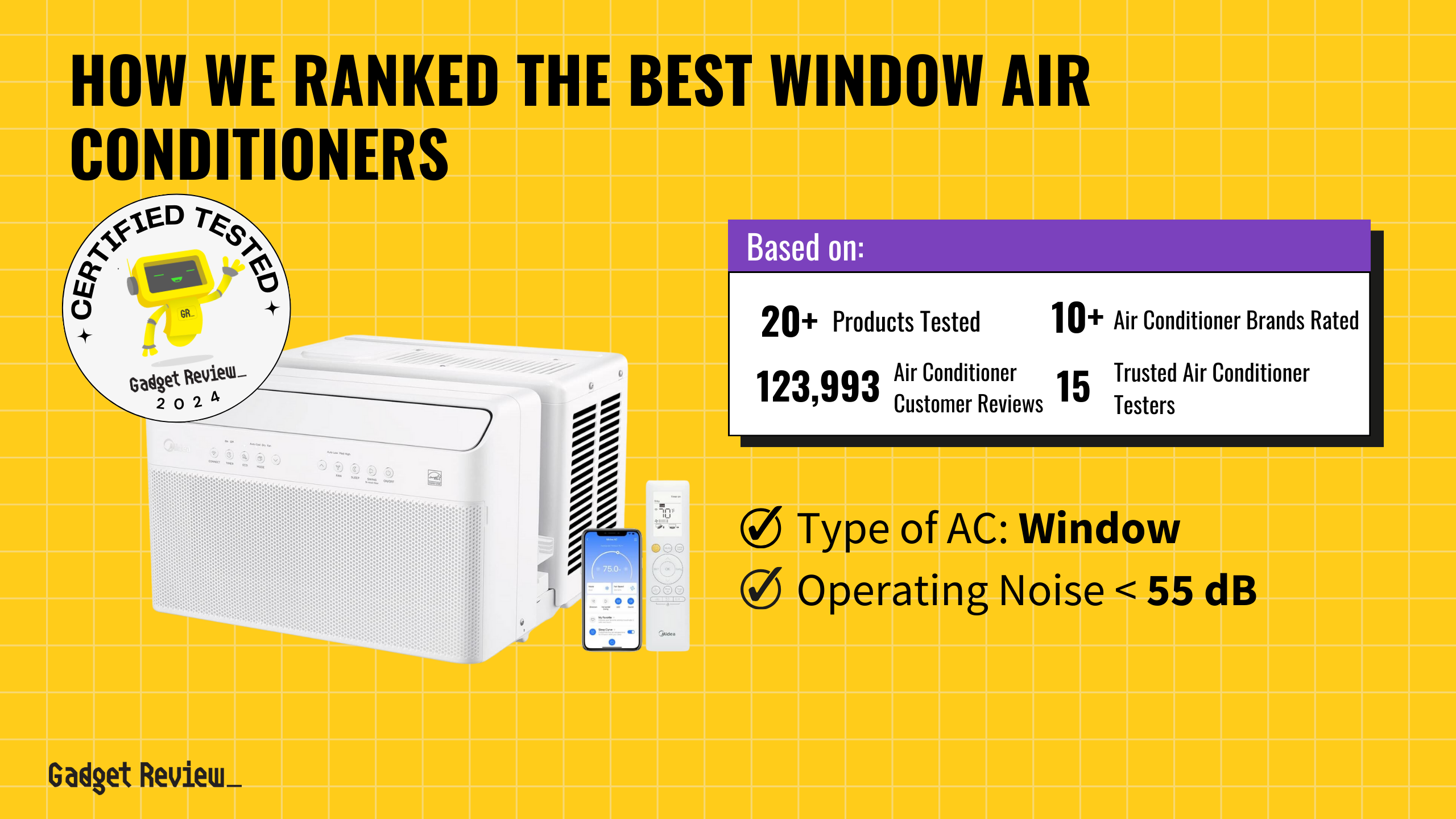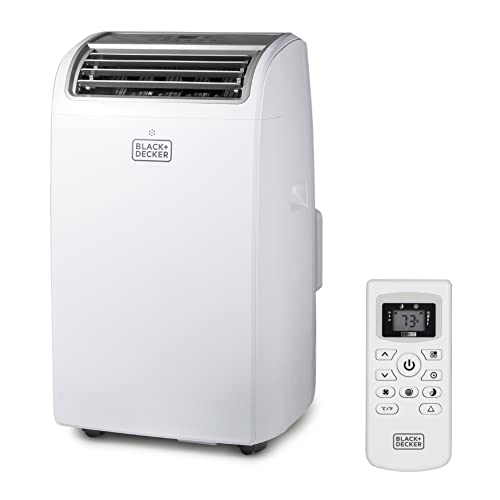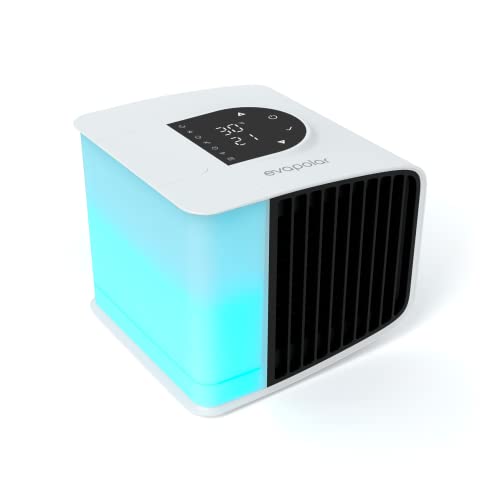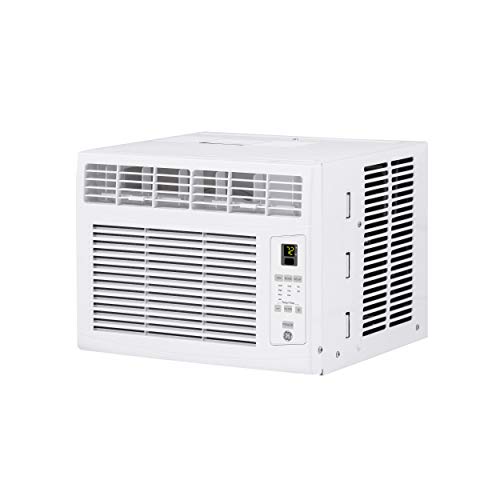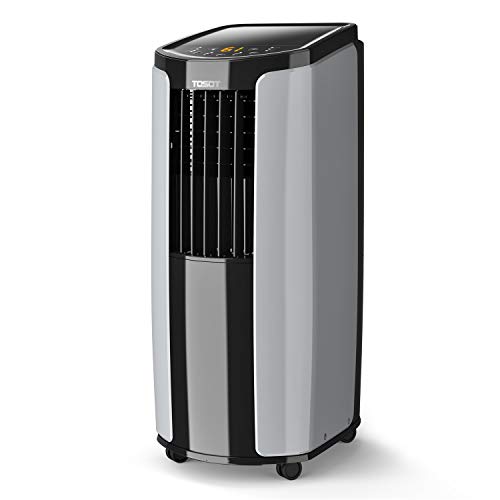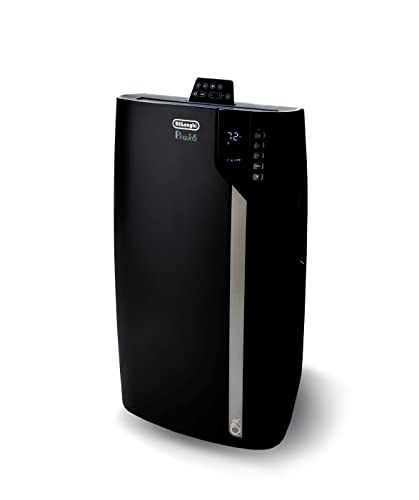From cool mode to fan mode, there are a ton of different settings the best air conditioners use to deliver their promised results. If you’re asking yourself, “What does the dry setting on an air conditioner mean?” we have the answer: Dry mode on an AC reduces humidity without making the room colder. It runs the AC at a slower speed to remove moisture from the air. Use it in humid areas, but it’s not as effective as a dehumidifier.
Key Takeaways_
- Dry mode is a function on most air conditioners that allows you to keep the moisture level in your home low.
- Unfortunately, the dry mode option does not provide additional cooling and is better used during cold weather.
- When you use dry mode, you’re saving costs via energy efficiency because it uses less power.
What is Dry Mode on an AC?
If you’re new to using an AC unit, there are a ton of questions that can pop up.
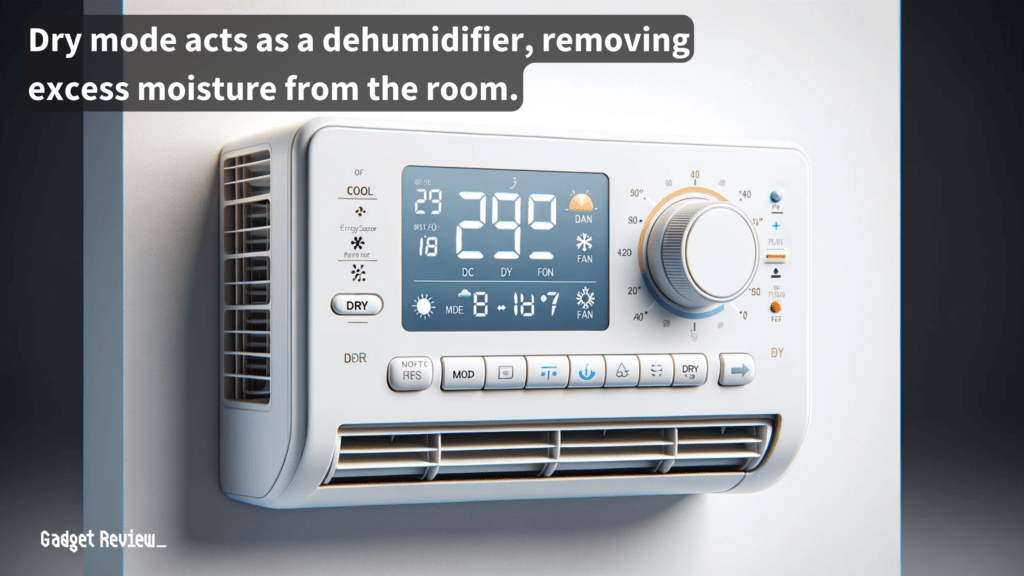
For example, “What does an energy saver do on an air conditioner?” might be something you’re wondering. Or how much time will your AC unit take to work until it raises the comfort level condition in your home?
There are all sorts of fancy models on the market. Though they’re all air conditioners, the various types of units have different motor types and other unique differences that suit different people, like a dry setting.
If you’re looking for a flexible cooling solution, the best portable air conditioner can be a great choice, offering the convenience of moving it from room to room and easy installation.
insider tip
Dry mode is more energy efficient than other settings and can lower your energy costs.
For now, we’ll focus on how your air conditioner can keep your house at an optimum humidity level because that’s exactly what dry mode does. Most air conditioning units will have this function.
Water drops forming on windows and other surfaces can be a sign of high indoor humidity, indicating the need for the dehumidification process provided by the dry mode, especially in buildings without proper ventilation.
What Does Dry Mode Do?
Dry mode is about fighting the indoor humidity level in the air rather than combating the heat. It helps remove excess moisture in the air without providing additional cooling, thus acting as a dehumidifier.
The dehumidification process is crucial in maintaining indoor air quality, especially in humid climates where the growth of mold and dust mites can lead to health issues like allergies and respiratory problems.
STAT: It is projected that the revenue of electricity, gas, steam, and air conditioning supply in the United Kingdom will amount to approximately $115.95 billion U.S. by 2025. (source)
No matter what, using the AC system in cool mode will always matter most. Still, you should always be learning new things about controlling your AC, like how to test an air conditioner compressor.
warning
Dry mode is not the best on hot summer days since it doesn’t provide additional cooling.
Understanding air conditioner modes is essential for optimizing the use of your unit throughout the year, ensuring that you maintain a balance between cooling, heating, and maintaining a healthy indoor environment.
Modern air conditioners come with various air conditioning modes, including Auto mode and Heat mode, to ensure energy efficiency and adapt to different indoor conditions.
The installation of these units is designed to optimize indoor air quality services and reduce electricity bills.
When You Should Use Dry Mode
Choose dry mode if the indoor environment is too chilly for AC but has a high indoor humidity level.
The dry function is perfect for removing excess humidity from the air, especially in cooler weather, without excessive power consumption.
The best example is right after it rains on a cool day. If you have an annual humid season and always experience that extra moisture in the air, an air conditioner dry mode can be a great feature to look for so you can keep your indoor temperature at dry, comfortable temperatures.
During transitional seasons, the dry mode setting can help maintain a healthy humidity level, preventing indoor moisture issues that can affect the building’s structure and indoor air quality.

